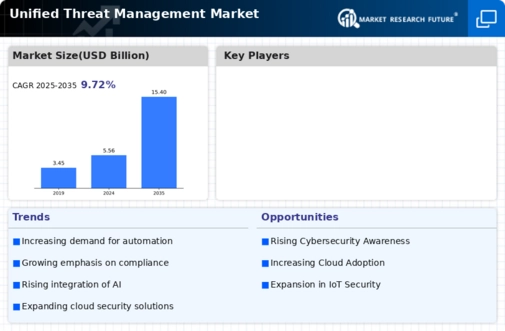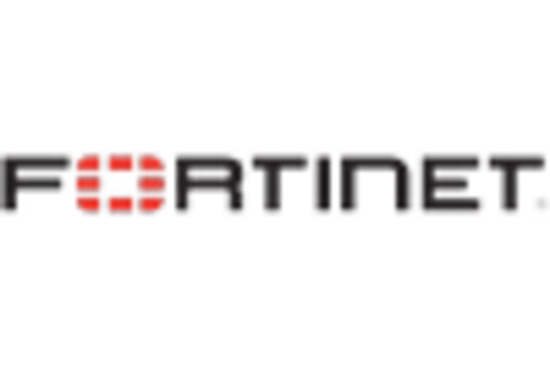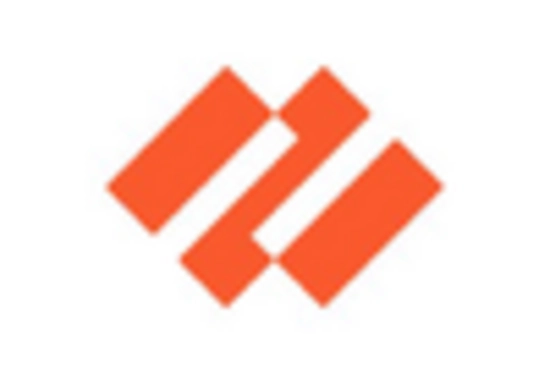Market Trends
Key Emerging Trends in the Unified Threat Management Market
The Unified Threat Management (UTM) market has witnessed significant trends and developments over time, reflecting the ever-changing landscape of network security. With the growing complexity and sophistication of cyber threats, businesses are increasingly demanding comprehensive security solutions that have pushed forward the UTM market. One notable trend is consolidating diverse security capabilities into one platform. Traditionally, organizations relied on disparate security solutions for functions such as firewall protection, antivirus, intrusion detection systems (IDS), and virtual private networks (VPNs). Another driver behind UTM market trends is the adoption of cloud services. As companies transition to cloud-based infrastructures, there is an increasing need for security solutions that integrate seamlessly with these environments. In addition to on-premises assets, UTM solutions now offer strong protection for cloud-based assets, thus offering end-to-end security posture across various IT landscapes. Furthermore, remote work has reshaped the trajectory of the UTM industry. With more employees working in different locations today than ever before, traditional company perimeters have become porous, leading to vulnerability exposures for organizations. In line with this paradigm shift in mindset, UTM solutions have incorporated secure remote access as well as endpoint protections so that no matter where their workforce happens to be located, they can keep their businesses and critical data secure at all times. The advent of AI and machine learning in UTMs has brought about more proactive threat identification through predictive analytics. Intelligent analysis should be done using technologies with the capacity to analyze patterns from large volumes of complex threats and detect anomalies in real time. Another important trend in the UTM market is an emphasis on user-friendly interfaces and improved management. In recognition of the different IT skill levels among various organizations, UTM suppliers have emphasized intuitive design and simplified administration. This focus on usability aims to enable organizations with varying levels of technical expertise to implement and administer robust security measures themselves. Furthermore, as the threat landscape continues to evolve, there has been a growing need for real-time threat intelligence sharing and collaboration. Today's UTMs are incorporating features that enable the siloing of information between security ecosystems for faster response to emerging threats.

















Leave a Comment